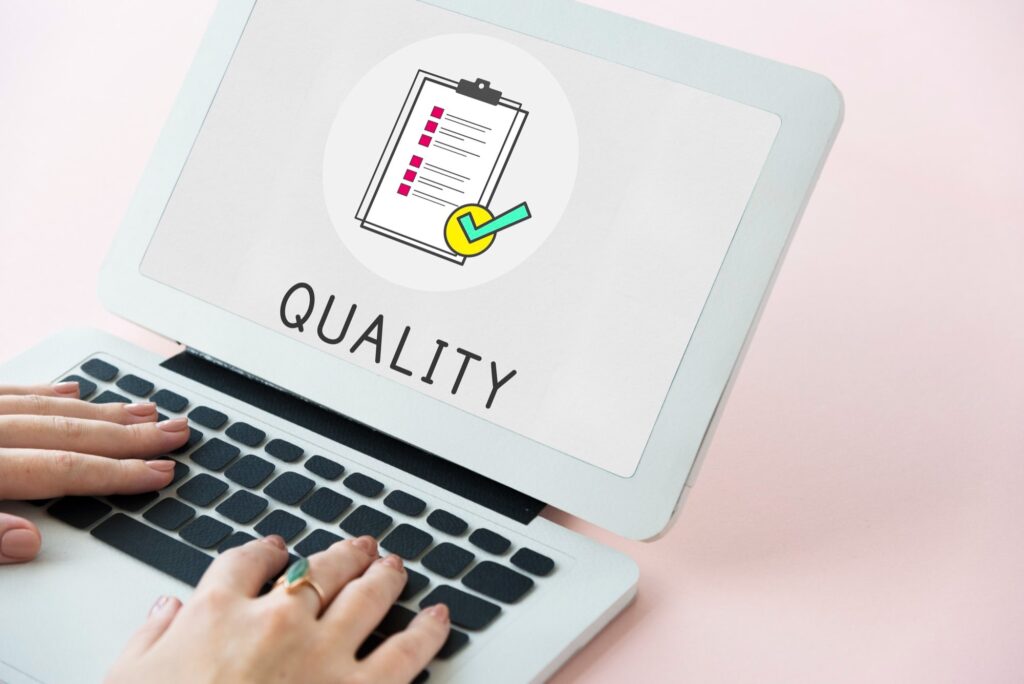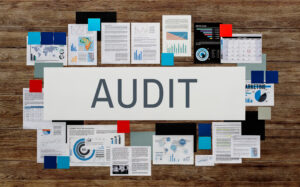– by Julius DeSilva
In every audit, auditors will encounter a diverse range of personalities—some cooperative, others a bit more complex. Understanding and managing these interactions is a core skill, particularly when auditees inadvertently—or intentionally—create barriers to transparency. Here are the most common types of challenging auditees, and expanded strategies on how to engage them effectively.
1. The One Word Wonder
Characteristics:
- Offers short, clipped answers.
- Rarely expands on details unless specifically asked.
- May be uncomfortable, anxious, or disengaged.
Enhanced Strategies:
- Build rapport early: Start with informal, low-stakes conversation before diving into audit questions. A simple “How long have you been with the company?” can ease tension.
- Use layered questioning: Follow up “Yes/No” questions with: “Can you walk me through how that works?” or “What happens next?”
- Prompt with context: “When I reviewed the procedure, it mentioned X—how is that handled in your area?”
- Be patient and unhurried: Silence is a tool. After a question, wait calmly. Many reserved auditees will fill the silence with additional information if not interrupted.
2. The Egoist
Characteristics:
- Seeks to dominate the conversation.
- May condescend or subtly undermine the auditor’s authority.
- Talks more about theory than actual practice.
Enhanced Strategies:
- Acknowledge their expertise: Use phrases like “You clearly have deep experience in this process” to soften defensiveness.
- Redirect focus to conformity: “That’s a great point. Let’s tie it back to what the standard requires and how your team demonstrates that.”
- Anchor with facts: Use documentation and objective evidence as neutral ground—“Let’s take a look at the latest calibration log to verify that.”
- Avoid debates: Don’t match ego with ego. Instead, maintain a calm, confident presence grounded in your role and purpose.
3. The Perfectionist
Characteristics:
- Presents carefully curated documents.
- May try to steer you away from real-time observations.
- Views any finding as a personal failure.
Enhanced Strategies:
- Normalize findings: “It’s common for systems to evolve, and audits are a way to support that continuous improvement.”
- Use the PDCA approach: Frame observations as part of the cycle—”This finding shows an opportunity to adjust and refine the process.”
- Request real-time demonstrations: Ask to observe actual practices in the workplace—not just documentation—to validate implementation.
- Showcase positive practices: Where applicable, cite strengths during the audit to balance critique and support their desire for excellence.
4. The Over-Talker
Characteristics:
- Provides excessive detail, often going off-topic.
- Turns simple answers into storytelling sessions.
- May genuinely enjoy the audit—or be trying to obscure weak spots.
Enhanced Strategies:
- Set time expectations upfront: “We’ve got 30 minutes scheduled to cover this section, so let’s focus on the core areas first.”
- Use summary statements: “So, to confirm, your process begins with A, goes through B, and ends at C—is that correct?”
- Politely interrupt: “Sorry to cut in—I just want to make sure we stay on track. Can you show me the documentation for that step?”
- Assign structure: Give the auditee a format to follow. “Can you explain this in three steps—input, action, output?”
5. The Ghost
Characteristics:
- Avoids being present.
- Pushes responsibility to others.
- Responds only under pressure.
Enhanced Strategies:
- Secure buy-in from leadership: During opening meetings, confirm auditee availability and responsibilities with senior management.
- Use formal scheduling tools: Calendar invites, email confirmations, and audit plans in writing create accountability.
- Document delays diplomatically: If access is denied or delayed, note this in the audit record professionally.
- Adapt and improvise: Shift to records review or interview other personnel if the primary auditee is unavailable. Highlight systemic access issues in findings if applicable.
6. The Nervous Novice
Characteristics:
- Easily flustered.
- May fear saying the “wrong thing.”
- Often new to audits or in a junior role.
Enhanced Strategies:
- Create a low-pressure environment: Explain that the audit is not a test of their personal performance.
- Break questions down: Instead of asking “How does your process ensure compliance with Clause 8.5.1?”, ask “What’s the first step you take when starting this task?”
- Avoid audit jargon: Use plain language, e.g., “How do you make sure things are done the right way every time?”
- Reassure through transparency: Let them know what you’ll be asking and why. “Next, I’d like to look at how you manage incoming materials—is that okay?”
Final Thoughts: Mastering the Human Element of Auditing
At its core, auditing is not just about finding nonconformities—it’s about understanding how people interact with systems. Every auditee, no matter how challenging, offers insight into how the organization truly functions. As auditors, our role is not to judge personalities but to uncover evidence that reflects the effectiveness of processes. This requires patience, emotional intelligence, and a steady commitment to impartiality.
By adapting our approach to the individual while remaining anchored in the audit objectives, we build credibility and foster cooperation—even in the most resistant environments. Ultimately, the success of an audit is measured not only in findings, but in the quality of the dialogue, the clarity of the evidence, and the positive influence it has on continual improvement. A skilled auditor doesn’t just complete a checklist—they leave behind a stronger, more self-aware organization.
The article was recently published in “The Auditor” An Exemplar Global publication.




